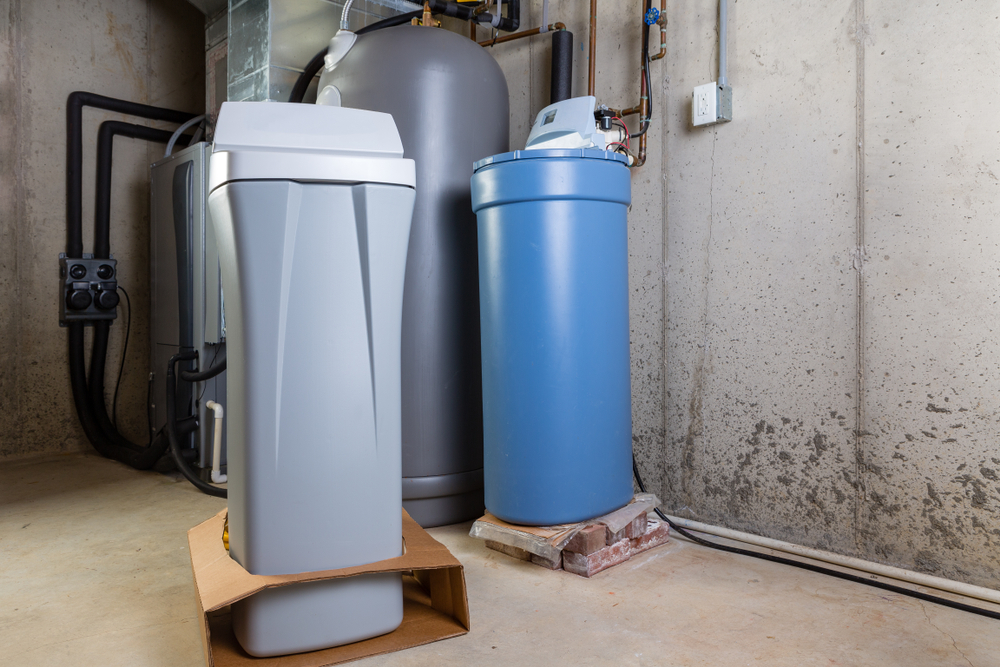Five Problems Water Softeners Commonly Encounter

Water softeners are great tools for delivering clean, great-tasting water to your home—but they can require some troubleshooting from time to time. Since your water softener is, in essence, a plumbing fixture, you need to care for it the same way you might care for your pipes and other fixtures. Sometimes, you’ll need to call professional plumbing services for help.
Here are five of the most common water softener problems to watch out for.
- Clogs: Hard water contains a lot of minerals, which can build up inside your water softener and pipes. If you notice mineral buildup occurring on the interior side walls of your water softener, that’s a sign that blockages may be right around the corner. Follow the manufacturer’s instructions for cleaning out the clog. If that fails, you may need to call in a plumbing contractor for assistance.
- Dirty filters: If you’ve noticed poor performance from your water softener, check the filter first. Most filters need to be changed every three to five months, depending on how high the mineral content is. Water softeners use filters to screen out sediment and larger mineral particles, so the resin beads don’t have to work as hard to soften the water. When you forget to change the filter, the water may not be flowing as easily as it should.
- Spent resin beads: If your water softener uses salt and resin beads, there may be an issue with the beads themselves. Although they can typically last for the entire water softener lifespan, they may fail early. If your beads are spent, you may notice them floating around on the surface of the water. If you notice this, it’s time to replace your water softener beads.
- Salt crust formation: Sometimes your water softener’s brine tank will develop a salt crust or “bridge,” which prevents the water from flowing properly. It may also prevent your water softener from using the salt to soften the water. This often happens in high humidity areas as well as when you add too much salt to the water. Call your plumber to fix this problem—while you can try to break up the salt crust on your own, you don’t want to risk damaging the mechanical components of the water softener. They’ll also help you troubleshoot so you can avoid encountering this problem again in the future.
- Motor failures: Finally, you may experience mechanical or motor failures during your water softener’s lifespan. As with any piece of machinery, water softener motors have a finite lifespan. You can extend that lifespan with regular maintenance and repair, changing the filter on time and emptying the water softener for cleaning.
If you run into these common water softener problems, it’s a good idea to call a professional plumbing service for assistance. Your plumber can help diagnose and solve the problem, offer tips to avoid further issues and make sure your water supply is functioning as it should. Get in touch with PlumbSmart Plumbing Heating and Air today to get started.
